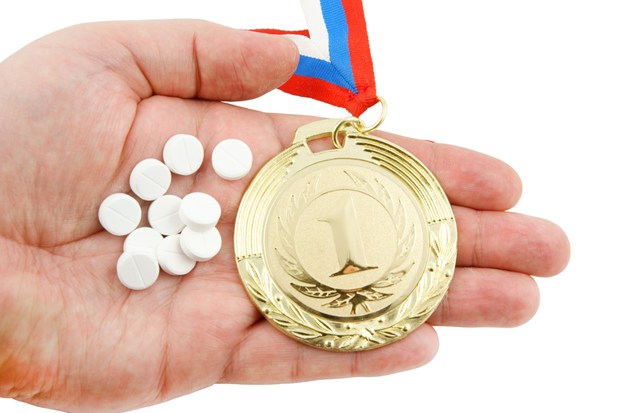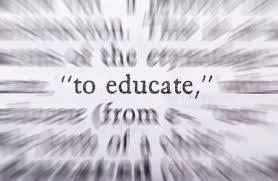Drugs, Alcohol and Elite sport: a real life approach

Every time a professional player or elite athlete tests positive to drugs or is caught abusing alcohol, you can guarantee three things will happen:
- Newspapers and other media will over react and claim an isolated incident is evidence of an inherent drug and alcohol abuse culture in the club or sport (or all of sport);
- The club or sport will over react and ensure a drugs and alcohol education program is put in place as soon as possible;
- Everyone associated with the incident will over react, deny responsibility and blame someone else.
What’s the reality?
- Some athletes take drugs. Some drink alcohol. It’s a fact.
- Some will take performance enhancing drugs – and get away with it. Sad, but true.
- Some will abuse alcohol and binge regularly. Again, sad but reality.
- Some will abuse social drugs and because of clearance times and the sport’s testing policy effectively be “addicts” but still be able to compete at the highest level. Tragic – but true too.
- So what’s the best way of dealing with these problems?
Usually clubs / sports have tried one of four methods of controlling the drug and alcohol abuse problems:
- Prohibition – Prohibition has not worked anywhere in the world, at any time in the history of mankind. Why people still believe it will work in a football club or sports team is insanity.
- Legislated control – Putting in place formal team rules, policies etc which specifically cover drugs and alcohol abuse.
- Peer control – Having informal rules and expectations which are driven by and managed by players and athletes.
- Relying on self responsibility – in a perfect world – the way to go; in reality it does not work because people (and the world) are not perfect.
The catch cry of all organisations is EDUCATION – “if we educate players and athletes on the dangers of drugs and alcohol then all the problems will be solved”.
That’s partially true – but only if the education program is the right one. Just holding a once a year “Drugs in Sport” lecture as part of a player induction program is a waste of time; it requires a more systematic, holistic approach.
An effective drugs and alcohol education program consists of:
- REAL LIFE EDUCATION – WADA, ASADA education programs have their place but their messages are technically focused and frankly a little dull. The more effective education program includes people with “street credibility” – e.g. police from major crime squad and drug enforcement units, and former players who have experienced the challenges of being a professional player / elite athlete who can relate to the players / athletes.
- EARLY EDUCATION – the education program must commence early in the elite athlete development pathway. It is useless trying to educate a group of highly paid professional players in their mid to late 20’s on the dangers of drugs and alcohol – too little / too late.
- PEER SUPPORTED / PEER DRIVEN EDUCATION – the education program must be supported by, complimented by and supplemented by the peer group. All players / athletes must support each other – particularly during high risk times, e.g. post game drinks, day off drinks, end of season celebrations.
- WHOLE OF LIFE / WHOLE OF PLAYER APPROACH – the education program needs to focus on a life long approach to the drugs and alcohol issue and approach it from a whole of player perspective, not just a football or swimming or basketball perspective – but from the entirety of the player’s life. Drugs and alcohol of often the symptom – not the “disease” and drug and alcohol abuse may be the result of personality problems, psychological and emotional issues not related to sports performance.
Drugs are here to stay. So is alcohol. That does not mean we have to like it or stand by while young athletes destroy their careers and potentially even their lives.
However, what we are currently doing is not working. Conducting 30 ASADA education sessions a year is not the answer. Neither is prohibition. Neither are lifetime bans.
What is needed is a whole of life / whole of player approach where coaches, administrators, players, athletes, managers, families, the media and even fans work together consistently, rigorously and diligently to create and sustain a culture which:
a. rejects drug and alcohol abuse;
b. embraces effective life long / total player education;
c. provides appropriate support if and when needed.
Wayne Goldsmith


1 Comment
Kayla · June 17, 2009 at 11:34 am
My name is Kayla, and i am in yr 12. I am currently sudying P.E and am doing an Issues Analysis. I am researching about if elite athletes and their drinking is a problem. I was just wondering what you thought about the whole thing. Do you think that they should be allowed to drink? or what would you suggest they do?
Thanks, Kayla